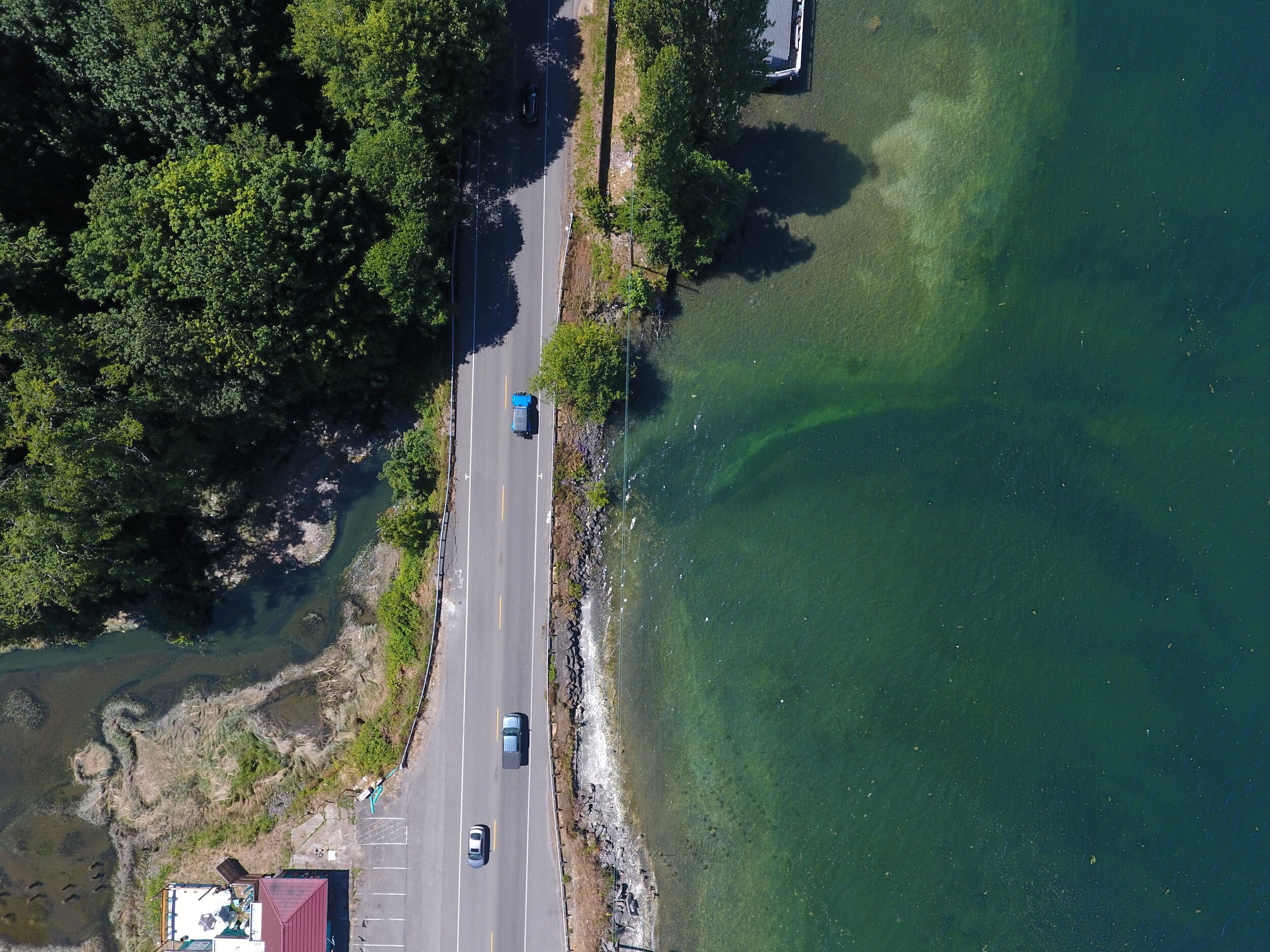Ecological Impacts on the Kitsap Peninsula: Culverted Creeks
Ross Creek funnels into an aging culvert as it meets Sinclair Inlet.
“Culverts are where creeks go to die.”
AN ESTUARY is the naturally formed land feature where the freshwater, like a creek or river, meets a body of saltwater. Often times the natural shape of an estuary fans out as the freshwater system meets the saltwater. This zone is rich with life and nutrients - thousands of species of mammals, fish, birds, mollusks depend on estuaries to sustain them. The sheltered water of an estuary provides spawning and rearing habitat for innumerable creatures including our salmon populations.
The Kitsap Peninsula and the Hood Canal watershed is home to a tremendous number of rivers, creeks & streams that make their way inland towards the vast saltwater network of bays, inlets, coves and passages into the Salish Sea. Estuaries have always been vitally important to the health of our home. Without healthy estuaries, marine ecosystems degrade and can eventually collapse. Unfortunately, this is what we observe today across the Peninsula.
As a result of human impacts over the last 150 years, as a whole, Kitsap County’s estuaries are not healthy. Notice the next time you drive along the waterfront how often a creek or stream flows into a culvert, under the road, to emerge as narrow spillage. What wants to be a wide and wild estuary supporting dozens of species of marine animals is reduced to mere drainage. Our freshwater salmon-supporting systems are too often choked at the vital point where they meet the Salish Sea and forced into a narrow culvert.
Culverts are where creeks go to die.
That may sound harsh, but the reality is harsh. The Kitsap Peninsula’s estuaries need saving. Too many freshwater systems have been culverted and too many estuaries have been destroyed as our forbearers developed their homesteads, towns, and cities over the last century and a half. This destruction was not malicious, the science and understanding of the natural world was not nearly as sophisticated as ours is today.
They may not have known better, but we do.
It is one of the goals of the work of Waterman Mitigation Partners on the Kitsap Peninsula and Hood Canal watershed to restore and protect our precious estuaries. The goal of restoring and protecting natural estuarine features is paramount to improving the marine health of our region. Waterman Mitigation Partners is uniquely positioned to respond to this need by working with public and private organizations and individuals to a clear path to an ecologically and economically sustainable future. A future that includes healthy waterways as well as healthy cities.
Coordinating culvert removal and replacement is one important aspect of restoring estuaries. Other tactics may include removing fill, removing hazardous materials and restoring natural features. By removing these threats we allow the shape and ecosystems of a natural estuarine system to once more take place and eventually strengthen marine species health and populations.
In time, our work may play a role in rewinding the clock on Kitsap’s degraded estuaries and prove pivotal to restoring the natural abundance that makes this corner of the PNW so special.

